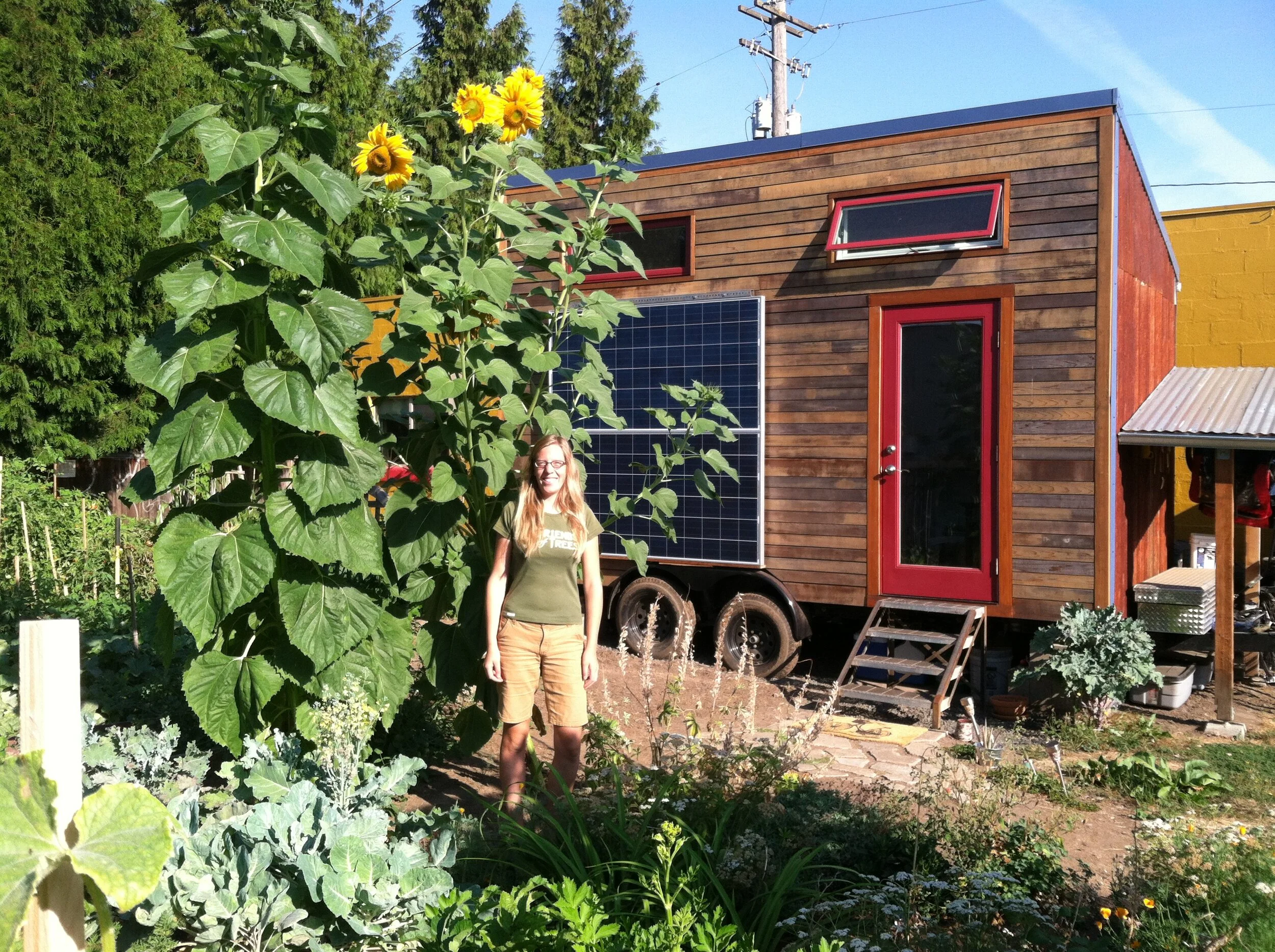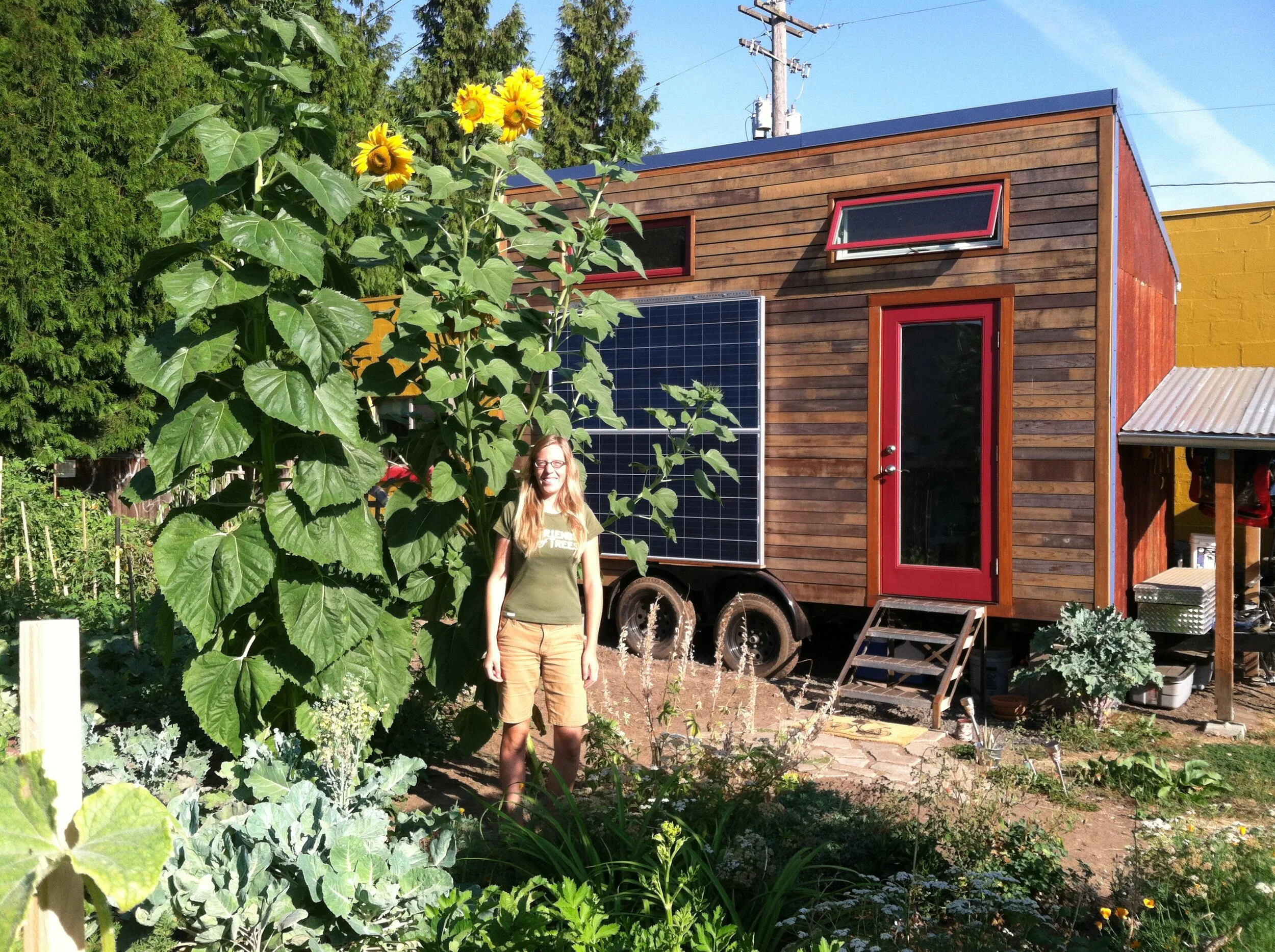Just wanted to let you know about a free HVAC sizing tool created by the folks at BetterBuiltNW. It is not an approved Manual J software but helpful for sizing the mechanical equipment for your homes. This is something I can do for you as well as energy modeling. Here is the link if you want to check it out: BetterBuiltNW (en-US)
Advanced Framing
With the current high cost of lumber, I thought I would talk about advanced framing which saves $$$ on lumber costs and allows for more insulation which makes homes more comfortable.
Of course you will want to have a conversation with your engineer about exactly how and where you can implement advanced framing in your homes due to seismic requirements but here are a few components to consider if you haven't already.
1. Studs at 24" on center with joists or rafters stacked directly on top
2. 2 stud corners - allow insulation to get all the way to the corner
3. Insulated headers - ditch that 6x6 and go with a 4x6 with foam insulation
4. Raised heel trusses - allow more insulation along the perimeter of the home
5. Ladder blocking at interior wall intersections
Here's a link to read about these options in more detail: https://basc.pnnl.gov/building-components/wall-structure
Alternatively, consider ICF or SIPS as the wall system as they are coming into cost parity with traditional framing.
Why Choose Induction Cooking
Did you know that induction cooking offers many benefits over gas? Yes, gas has been the preferred cooking fuel but like with heat pump space and water heating, induction is rapidly being seen as the premium option for the following reasons.
1. Control - set precise temperatures with faster response time
2. Safety - surface is cool to touch after cooking, no gas leak potential
3. Healthy - no CO and no NO2
4. Clean - easy to clean and lower carbon footprint especially with on-site solar
5. Cost - no needed gas infrastructure run to home
How to Find Wall Studs to Securely Anchor Things
Have you ever needed to hang something heavy on the wall and have trouble finding the wood studs? Well here are a few options that could make your life easier.
Use a stud finder tool: There are lots of brand and style options and none seem to always be consistent at finding the studs but they are a good starting point. Mark these locations.
Knock on the wall to locate the hollow points (areas between studs) and the solid points (the studs). The hollow points will sound more echoey. Mark these locations.
Once you have tried steps 1 and/or 2, grab a drill and 1/16” drill bit and drill a small hole where you think the stud is located. If it pokes through easily, try again. If it keeps drilling into something solid, you likely hit the stud! Check for wood shavings as you back out the bit.
If your anchor points don’t all match up with the studs, use drywall anchors.
That’s it!
Energy Use Effects of Working from Home
As we continue to work from home, you may notice your utility bills spiking. Keeping our homes comfortable over the summer has meant running air conditioners and fans more often or continuously. If those systems are inefficient and if the home is not well sealed and insulated, then you are wasting money and potentially increasing contaminants in the air. Utilities are struggling to keep up with demand and some continue to incentivize residential solar installs to help reduce the load on the grid.
So you want to cut down your energy use and utility bills but how do you do that during a time of uncertainty and financial stress? Here are some things you can do.
Practice energy conservation. Turn off those lights and water when not in use.
Have an energy consultant assess your home. (That’s us if you are in the Gorge!)
Contact your local utility and see if they have incentives for energy efficiency and solar energy upgrades.
Contact your mortgage lender to see if they offer refinancing for energy efficiency upgrades. Rates are awesome right now so a great opportunity!
Contact your local solar installer to see if solar is right for your home.
Plus, did you know that energy efficient homes sell for more and for faster? HERS rated homes sell for 2.7% more than unrated homes. They also realize a long term financial advantage of lower utility bills and maintenance costs. More great reasons to improve your home today!
How to Buy a Tiny House
Hello, what crazy times we are living in! With our personal experience designing and building a tiny house on wheels and living in an RV while building our off-grid homestead, we have been getting more and more inquiries from those of you interested in downsizing and hitting the road or buying land and building your dream home with lots of interest in community living. We are ready and excited to help you get going on that path whether you are going to do it all yourself or may want to hire a contractor. We will be creating a series of posts to help you figure out how to get started on this journey so feel free to follow along and ask questions!
Today I wanted to share an article about How to Buy a Tiny House that Lexi of Redfin wrote and thought would be helpful in learning about financing, selecting property and buying or building a tiny home.
Here are a few things we would add based on our experience.
If you want to find a small home on land, search for tiny homes on Redfin up to 1,000 square feet as homes under 500 square feet may not yield many search results.
Vacant land may or may not have any utility improvements such as power, water, sewer or septic. Talk to local utility companies, well drillers, etc. to estimate what these might cost to install. For our property, a well and utility power connection are estimated at $25,000 EACH! You can haul in a lot of water and buy a whole solar energy system for that cost.
Many people use personal savings to finance their tiny home.
Resiliency in Power Outages
Imagine: you are sheltering in place in your grid connected home and it shuts down for days due to an ice storm or wildfire. You have no backup power to stay comfortable, keep food cold and communication devices charged. Now imagine the same scenario but your home has been weatherized so it remains more comfortable for longer and you have a solar energy system with a battery backup that powers your critical loads: refrigeration, lights and communication devices. Through our energy consulting services, we can help discuss and prioritize upgrades that will make your home ready for the future! Click here to learn more about limited time opportunities in the Columbia River Gorge to make your home more resilient.
DIY Bird House Instruction
Follow along with the video to build a bird house with us! Grab plans on our DIY Projects page, find materials and tools at home or your local home improvement store and plan for about an hour for assembly.
Healthy Homes & Home Performance - Lights & Appliances
Check out this video to learn how to select new lights and appliances that will help you stop wasting energy!
Zero Energy Homes - HVAC & DHW
Check out this video to learn about selecting efficient water heating and space heating and cooling systems for your zero energy home.






